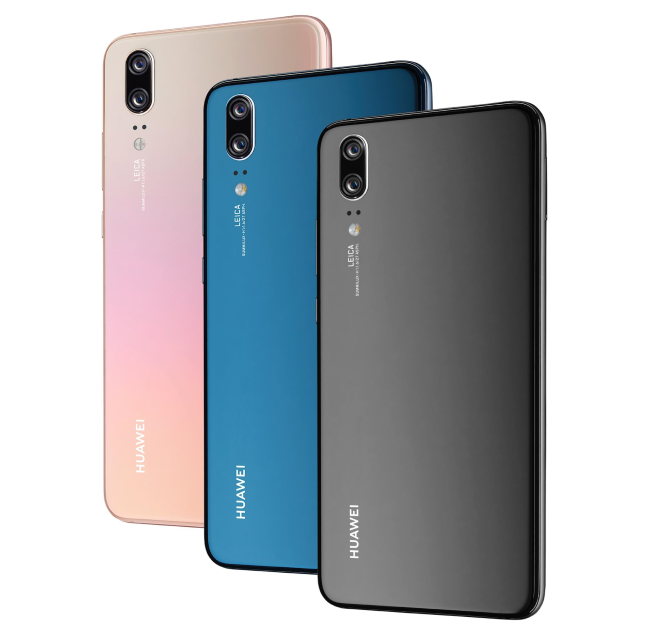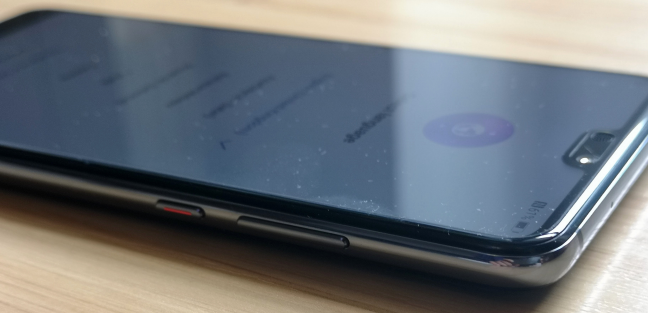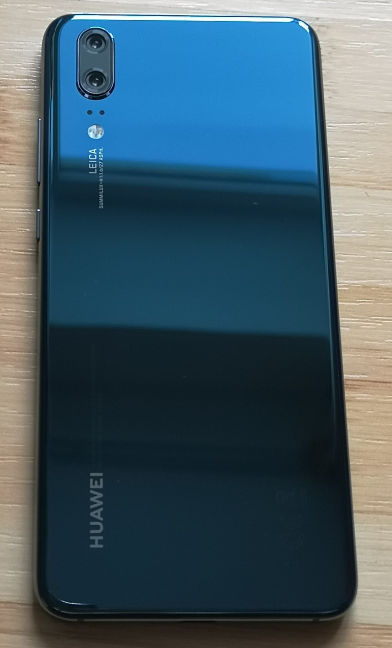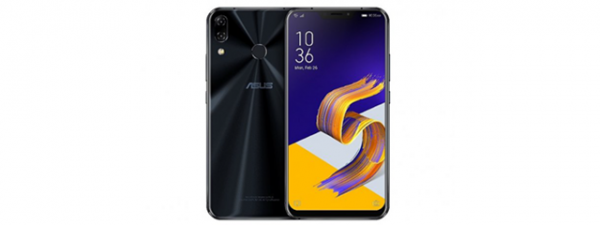
Huawei has received lots of positive press for its Huawei P20 Pro launch, and many have stated that it is the best smartphone for photography. Alongside the Huawei P20 Pro, the company has launched a cheaper version, named the Huawei P20, with almost identical looks, and hardware, and two rear cameras instead of three. People who cannot afford the more expensive model, but want a great photography experience, will be interested in Huawei P20, and what it has to offer. We tested this smartphone for three weeks, and this is our impression of it:
Huawei P20: Who is it good for?
The Huawei P20 is a great smartphone for:
- Users who want great photography and do not want to pay the premium price of the Huawei P20 Pro
- People who want a beautiful smartphone
- Users who want smartphones with powerful hardware
Pros and cons
These are the positive features of the Huawei P20:
- It offers an excellent experience for photography
- It is a beautiful smartphone with pleasant shape, that is comfortable to hold
- It offers top-notch processing power, that makes all apps and games run smoothly
- The battery life is excellent
- Fast unlocking through face detection and the fingerprint sensor
- It comes with the latest Android 8.1 Oreo installed
- The EMUI 8.1.0 user interface looks good and offers plenty of customization options
There are some weak spots too:
- The display uses an IPS LCD panel, instead of AMOLED
- It offers a lower IP53-rating for moderate dust and light-splash resistance
- The unusual 18.7:9 aspect ratio generates some minor visual artifacts in a few apps and games
- It has a notch on the top of the screen, just like the iPhone X. Luckily, it can be hidden by the software
- It does not have wireless charging
Verdict
The Huawei P20 is a well-rounded smartphone, that offers many of the strengths of its more expensive brother, for a more affordable price. However, competitors with a similar price tend to offer a better display, and water resistance. These two are the most important weaknesses of Huawei P20. If you can live with them, you get to enjoy an excellent camera that takes beautiful shots almost every time, high-end performance, and responsiveness. Couple these strengths with its beautiful looks, and Huawei P20 might be your next favorite smartphone. We definitely enjoyed using it.
Unboxing the Huawei P20
The Huawei P20 smartphone comes in a simple white box, with Huawei's logo on the top, the name of the device in the middle, and with a mention of its Leica dual camera system.
On the back on the sides, are a few stickers with information about who manufactured the device, where, and what is inside the packaging. When you open the box, you immediately see the smartphone.
After you unpack everything, you find the following elements: the Huawei P20 smartphone, its charger, a USB to USB Type C cable, a pair of USB Type C headphones, a small USB Type-C to 3.5 mm headphone jack adapter, a small pin for ejecting the SIM tray, a soft silicone case, the warranty and the quick start guide.
If you want to see a video of the whole unboxing experience, watch the YouTube clip below.
The unboxing experience you get from Huawei P20 is a pleasant one, and the packaging used is identical to that of the P20 Pro, including all the accessories you get.
Design and build quality
The Huawei P20 is available in three color variants: Black, Midnight Blue, and Pink Gold. Huawei mentions the other two color variants on their website (Twilight and Champagne Gold), but we have not seen them in stores, yet. Luckily, all the colors look great, but we like the midnight blue variant best. It is also the version that we had for testing.
Huawei P20 has a curved glass unibody that is a magnet for fingerprints. Because of that, the back is not detachable, and you cannot easily replace the battery or other components. The design itself is not that different from what you see on other 2018 smartphones, but the unique colors and the glass body make this smartphone stand out.
The frames on the sides of the Huawei P20 are made of metal, and they look smooth and polished. However, they are slippery, just like the rest of this smartphone. On the right side, you find the Power button and the Volume rocker. A nice touch is the fact that the Power button has a different color, and a slightly different texture, making it easy to identify both when you look at the smartphone, and when you do not, and you hold it into your hand.
On the left side of the P20, there is the tray for the SIM card, which can be ejected quickly using the pin that is provided with the smartphone.
On the bottom of the phone, there is the USB Type C port for charging, and for connecting a pair of headphones, when needed. Near it, you have the speaker. Unfortunately, the audio jack is gone, just like on the Huawei P20 Pro. On the bottom of the screen, you also see the fingerprint sensor, which can also be used for navigation, using gestures, if you want to.
On the top side of the phone, you have the notch, which includes the front selfie camera, sensors for unlocking the smartphone using your face, and a receiver.
The back of the Huawei P20 is all made of glass. As you can see below, it looks beautiful, and it is also very reflective. On it, there is the Huawei logo, the Leica dual-lens camera system, and its flash.
Design-wise, Huawei P20 looks great, and it is almost identical to its more expensive brother, the P20 Pro. However, it does have a few downsides, like its lower IP53-rating for moderate dust and light-splash resistance. Also, the glass used is hardened glass, but not Gorilla Glass. This also lowers the durability of this smartphone. Therefore, we recommend that you buy yourself a screen protector and use the cover that Huawei bundles with the P20, or buy yourself a sturdier one.
The design and the looks of the Huawei P20 are spectacular. Huawei's designers did a great job, and all the color variants are beautiful. To deliver a good-looking smartphone, Huawei has sacrificed the durability of this device. The build quality of the Huawei P20 is slightly inferior to that of other smartphones with similar pricing.
Hardware specifications
The hardware of the Huawei P20 is similar to that of the Huawei P20 Pro. For example, the processor is the same octa-core Hisilicon Kirin 970, with four cores running at 2.4 GHz, and another four running at 1.8 GHz. The graphics chip is a Mali-G72 MP12. Huawei P20 has generous storage with a capacity of 128GB, and 4GB of RAM. In contrast, Huawei P20 Pro has 6GB of RAM. Also, both smartphones do not have microSD support, not even in their Dual SIM versions.
The display is inferior to its more expensive brother, being a 5.8-inch screen, with an LTPS IPS LCD panel, 16 million colors, a resolution of 1080 x 2240 pixels, and an unusual aspect ratio of 18.7:9. The pixel density is of 429 Pixels Per Inch (ppi). The screen-to-body ratio is 80.4%.
The high point of this smartphone is the camera system. On the back, Huawei P20 has a dual-system camera powered by Leica optics, with 2x lossless zoom, phase detection, and laser autofocus, and LED flash. One of the two cameras has 12 megapixels, it is RGB, and has an aperture of f/1.8. The second camera is monochrome, with 20 megapixels, and has an aperture of f/1.6. The front camera has 24 megapixels, f/2.0 aperture, with fixed focal length.
Huawei P20 comes with a Bluetooth 4.2 chip. Unfortunately, it does not support Bluetooth 5 as other flagships do. It also offers NFC support, and a wireless chip that supports the 802.11a/g/n/ac standards, and a GPS chip. It also has several useful sensors: fingerprint, gyroscope, proximity sensor, compass, color temperature sensor, gravity sensor, ambient light sensor, and a hall sensor.
Huawei P20 has no audio jack, but you can still use headphones through the USB Type-C port. A welcome addition is the bundled USB Type-C to 3.5 mm headphone jack adapter, which allows you to connect traditional headphones to your smartphone. The speaker on this smartphone is not stereo, like on the Huawei P20 Pro.
Huawei P20 has a non-removable Li-Po 3400 mAh battery, which provides plenty of juice. The smartphone and it lacks an infrared port. Therefore, you cannot use it to remote control other devices (like TVs), as you can with Huawei P20 Pro. Also, there is no wireless charging available on this smartphone. Luckily, Huawei P20 offers fast charging with the help of its SuperCharge adapter. If you want to read the official specifications of this smartphone, go to this page: Huawei P20 Specifications.
If you would like to know more about the smartphone experience offered by the Huawei P20, its cameras, bundled apps, and performance in benchmarks, read the second page of this review.


 13.06.2018
13.06.2018 














